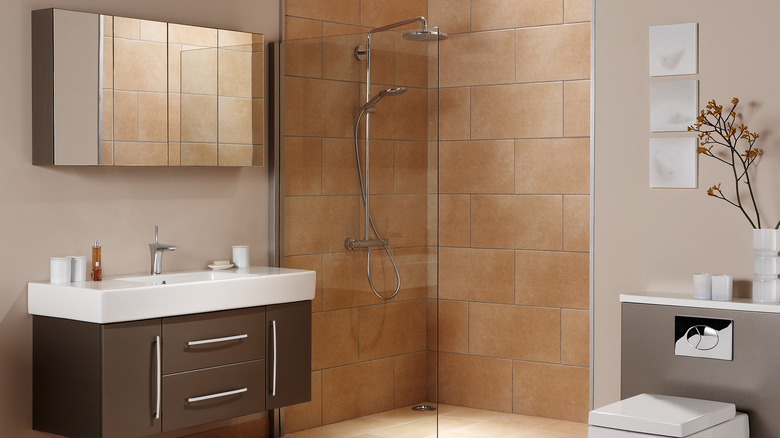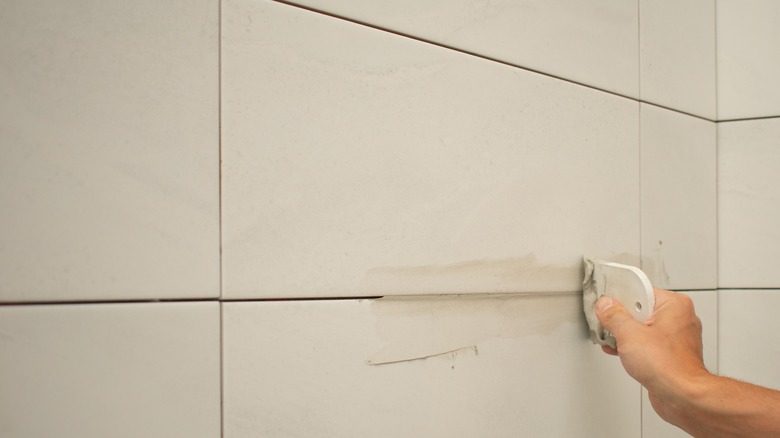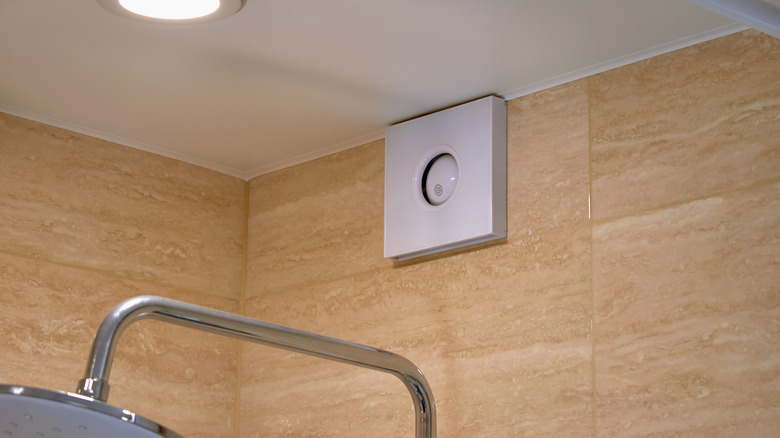How Long Should You Wait To Use Your Shower After Grouting Tiles?
You've just grouted your shower, and it looks fabulous. Touching it, it feels dry, but do you dare take a shower yet? Recommendations on how long to wait after grouting tile to shower range, but most of the time, 48 to 72 hours later, you can step into your like-new shower. Though it may feel dry to the touch before this, it takes grout that long to actually cure. Remember, all you did to turn grout powder into a mortar to use on the walls was add water. Adding water to it again could break down the material, exposing the entire surface to damage.
Several factors alter that timeline, though. For example, the type of grout for tile matters. If you are using just epoxy grout, some manufacturers recommend only a 24-hour curing period. Cement-based may take up to 72 hours, by contrast. Also, if you're using a sealant on top of your grout for added moisture protection, follow the manufacturer's recommendations for when to apply it, and then wait at least 24 hours after that before you shower. Nearly all store-bought grout products will contain specific instructions for application, tile placement, and curing time. While you may not like putting off jumping in and showering, it's well worth the wait to ensure your grout remains in the best condition possible.
Taking a shower too soon could cause grout damage
The goal of grout is to hold the tile in place and seal out water from penetrating the drywall and the home's structural components. To do that, grout needs to go through the curing process. The grout cures or dries out fully, becoming durable and moisture-resistant. However, you don't want to speed up that process either. For example, if you try to dry the grout quickly by using heat, that could lead to it becoming chalky and having a soft feel to it. Just give it the time it needs to fully dry out.
It's also wise to be proactive about keeping the bathroom space as dry — and humid-free — as possible. Avoid using the bathtub, turning on the showerhead, or allowing the hot water from the sink to create steam. The grout can absorb this moisture, which extends the drying time. In some cases, it will start to swell. When that occurs, the grout has nowhere to go and cracks, creating gaps that allow water to penetrate behind the tile. That undoes all the work you've done in your bathroom and could lead to mold growth over time.
How to speed up grout drying time
It's best not to rush the drying process, but there are a few things you can do to ensure proper curing occurs. Start with using a fan that simply moves air around the room. This can help pull more moisture out of the grout itself, which allows it to dry properly (but could speed up that process a bit). Your bathroom exhaust fan, if powerful enough, can work as a great tool in this regard.
Minimize the amount of water used in the bathroom. For example, keep the water off while brushing your teeth. Close the toilet bowl lid to minimize moisture buildup in the space. It's also a good idea to run the air conditioner if the temperatures for the day are high or humidity reaches an uncomfortable, sticky level. That's going to help remove more of the moisture from the air, encouraging proper drying time for the grout. Aim to keep the humidity level in your home around 40% to 60%. You can also use a dehumidifier to help control that level within the confines of the bathroom. Taking these steps may help you avoid having to remove and replace tile grout that's crumbled, fractured, or never fully seems to dry out.


